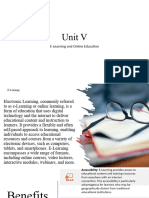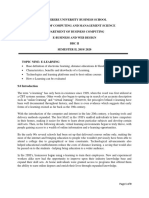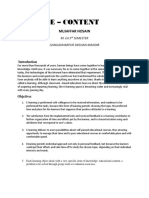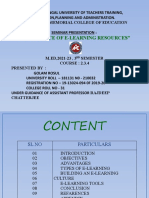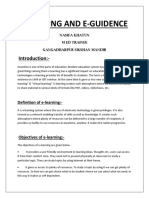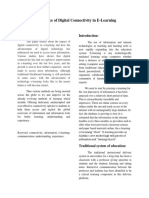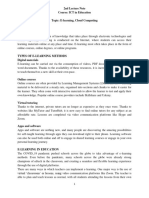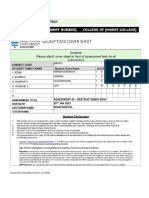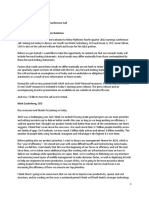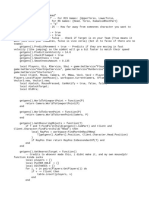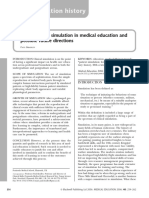0% found this document useful (0 votes)
6 views17 pagesECD Unit-1 Notes
The document outlines the key concepts and developments in e-learning, including its history, benefits, drawbacks, and best practices. It discusses the role of Learning Management Systems (LMS) and various technologies used in e-learning, as well as the future trends such as personalized learning and the integration of VR/AR. Additionally, it emphasizes the importance of accessibility, flexibility, and the need for effective course design to enhance the e-learning experience.
Uploaded by
Harshitha GCopyright
© © All Rights Reserved
We take content rights seriously. If you suspect this is your content, claim it here.
Available Formats
Download as DOC, PDF, TXT or read online on Scribd
0% found this document useful (0 votes)
6 views17 pagesECD Unit-1 Notes
The document outlines the key concepts and developments in e-learning, including its history, benefits, drawbacks, and best practices. It discusses the role of Learning Management Systems (LMS) and various technologies used in e-learning, as well as the future trends such as personalized learning and the integration of VR/AR. Additionally, it emphasizes the importance of accessibility, flexibility, and the need for effective course design to enhance the e-learning experience.
Uploaded by
Harshitha GCopyright
© © All Rights Reserved
We take content rights seriously. If you suspect this is your content, claim it here.
Available Formats
Download as DOC, PDF, TXT or read online on Scribd
/ 17



